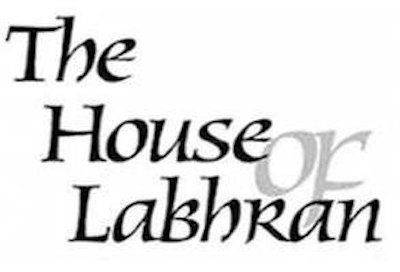Antique Victorian 1900 Sgian Dubh - Young & Tatton, Edinburgh


Antique Victorian 1900 Sgian Dubh - Young & Tatton, Edinburgh
Antique Victorian 1900 Sgian Dubh - Young & Tatton, Edinburgh
A Victorian Scottish Silver Mounted sgian dubh. Made in 1900 by Young & Tatton of Edinburgh. The mounts feature a zoomorphic design and celtic knot design. The hilt is carved blackwood with silver studs and a claw style raised stone set hilt.
Young & Tatton ( Henry Tatton and his brother-in-law Walter Young ) The partnership lasted from 1892 to 1905. However, The writing in the Day Books at the Assay Office they continued to write “Young & Tatton” until 25 August 1909. It also appears they would use the Y&T stamp until this later date as well. After 1909 the replacement mark ( H.T for Henry Tatton ) was introduced.
The pair supplied silver Highland dress accessories and sporran cantles to clients at the turn of the century including William Anderson & Sons, George Street Edinburgh - Highland Dress Retailers.
Blade has some minor blemishes, pitting and rubs as is common in antique sgian dubhs .
Length approx. 19cm
We have a passion for fine antique and collectible sgian dubh’s and Highland dirks. We source antique Jacobite styles of the 18th century, high Victorian styles and regimental patterns of WW1 – WW2. Our sgian dubh and dirk range make wonderful addition to any Highland dress collection.
Our range of fine hallmarked sterling silver skean dubh’s made by the Highland regimental silversmith and Royal silversmiths Hamilton & Inches in Edinburgh, Scotland. We can engrave many of these skean dubhs for presentation gifts.
Vintage antique Sgian Dubhs – Scottish sgian skean dubhs from Scotland – The Gaelic sgian dubh meaning “black knife”, where “black” may refer to the usual colour of the handle of the knife. It is also suggested that “black” means secret, or hidden, as in the word blackmail. This is based on the stories and theories surrounding the knife’s origin and the meaning of “Dubh” in Gaelic, in particular those associated with the Highland custom of depositing weapons at the entrance to a house prior to entering as a guest. Despite this practice, a small twin edged-dagger, (‘Mattucashlass’), concealed under the armpit, combined with a smaller knife, (‘Sgian dubh’).
